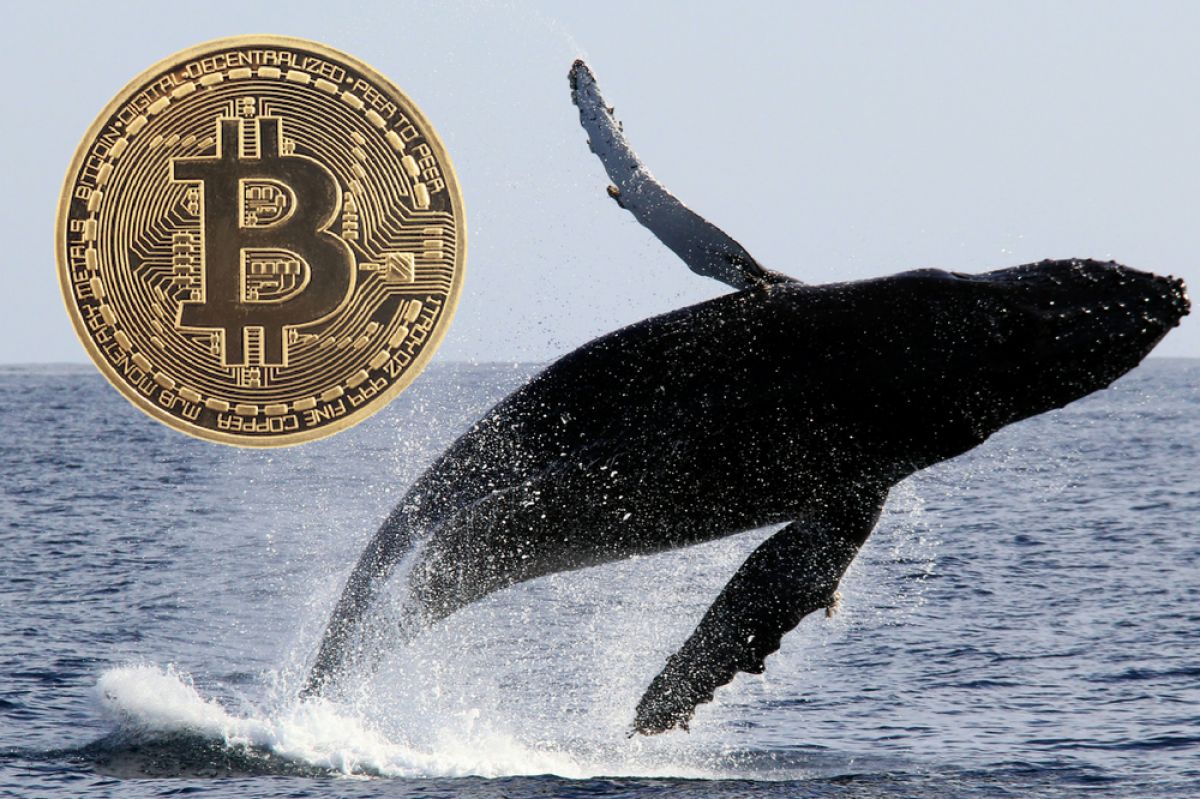2018-10-11 11:01 |
Chainalysis recently performed a study that showed the reason for price volatility for Bitcoin, but BTC whales haven’t been to blame. BTC whales are just a group of individuals or other entities that have a large amount of cryptocurrency, though they have a reputation for influencing the market. The recent study specifically involved the 32 BTC wallets with the greatest value, which comes to a total of 1 million BTC (about $6.3 billion.
When defined in the report, Chainalysis describes BTC whales as,
“a diverse group, and only about a third of them are active traders. And while these trading whales certainly have the capability of executing transactions large enough to move the market, they have, on net, traded against the herd, buying on price declines.”
The 32 wallets assessed were set aside into four groups. The first group, which had nine wallets, was the most active of the collection, made up of traders that regularly perform transactions with BTC and own 332,000 collectively. The majority of members in this group came into the crypto market in 2017.
The second group, which includes 15 investors with 332,000 coins collectively, includes miners and early adopters of cryptocurrency. There isn’t much trading activity among these individuals, though they entered the market in 2016 and 2017 when the market was truly in its heyday.
While the third category is made up of cybercriminals, holding three wallets with about 125,000 coins at the moment and an estimated $790 million worth of assets, the final group is composed of “lost.” Wallets. The lost wallets have a substantial 212,000 coins, with a value of $1.3 billion, and they haven’t been involved with any transactions since 2011 or earlier.
Completely dispelling the theory that this collection of traders is responsible for the volatility, the study says,
“That net activity demonstrates that trading whales were not selling off Bitcoin in any mass amount, but rather were net receivers of Bitcoin from exchanges in late 2016 and 2017. This indicates that trading whales were, in aggregate, buying on declines and, consequently, were a stabilizing, rather than destabilizing factor in the market…”
When the market saw BTC surge to $19,000 in December 2017, the biggest concern amongst investors was what would happen if 40% of the BTC was owned by 1,000 people, who withdrew it at the same time. If the decision was coordinated amongst BTC whales, it would be the only action necessary to completely sink the price.
Kyle Samani, who is one of the managing partners at Multicoin Capital, believes that this is a real possibility. He even “think[s] there are a few hundred guys. They all probably can call each other, and they probably have.”
origin »Bitcoin (BTC) íà Currencies.ru
|
|







